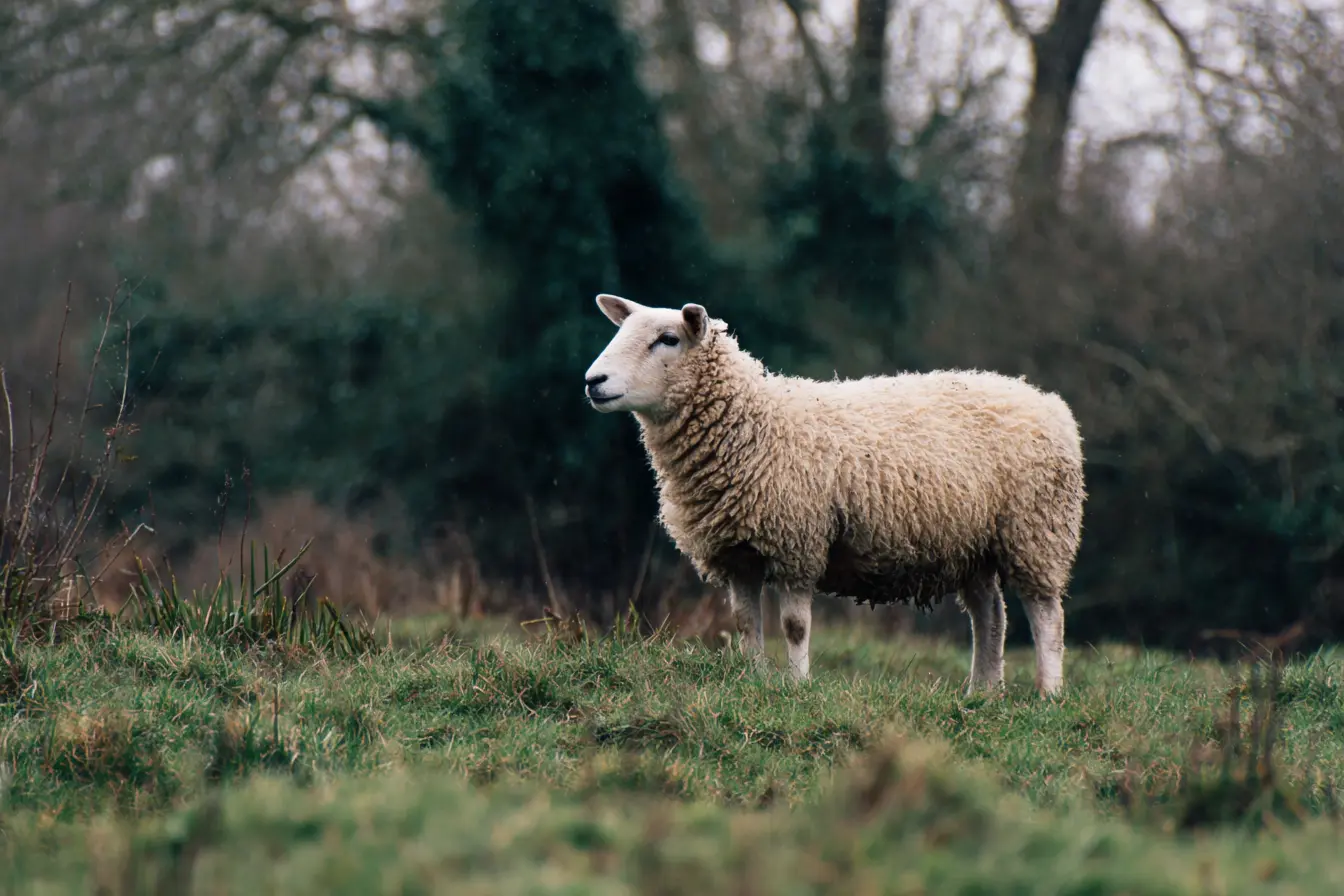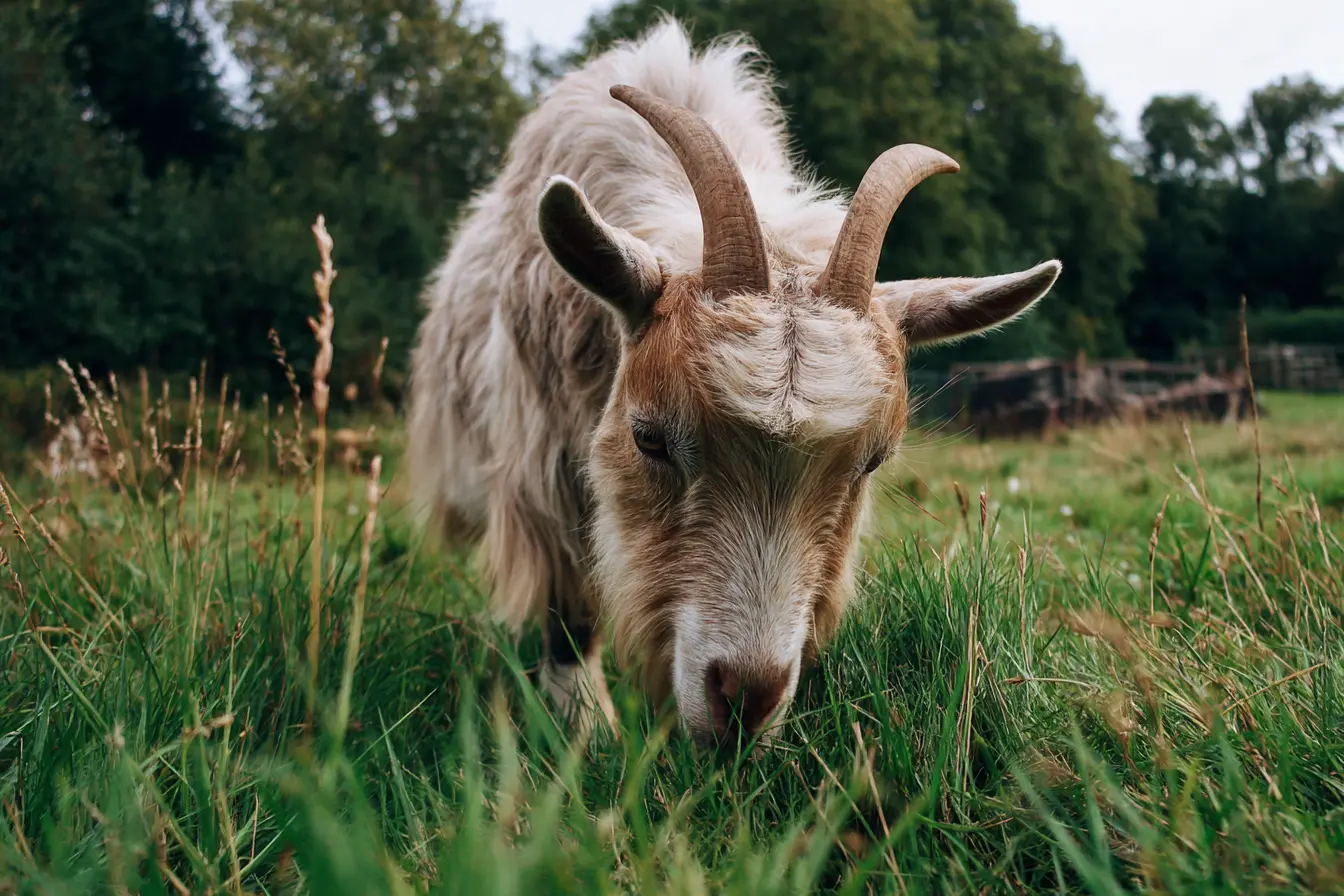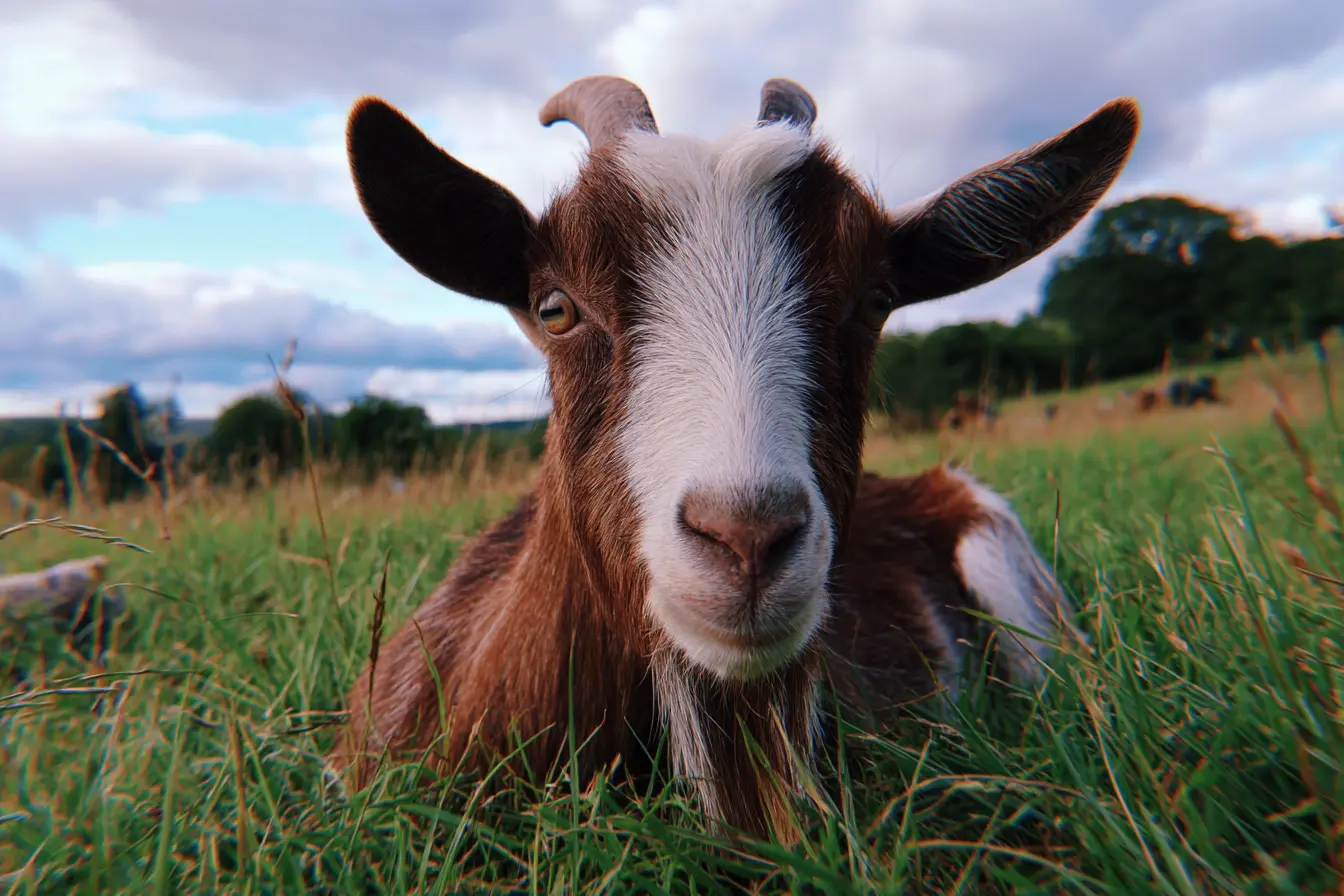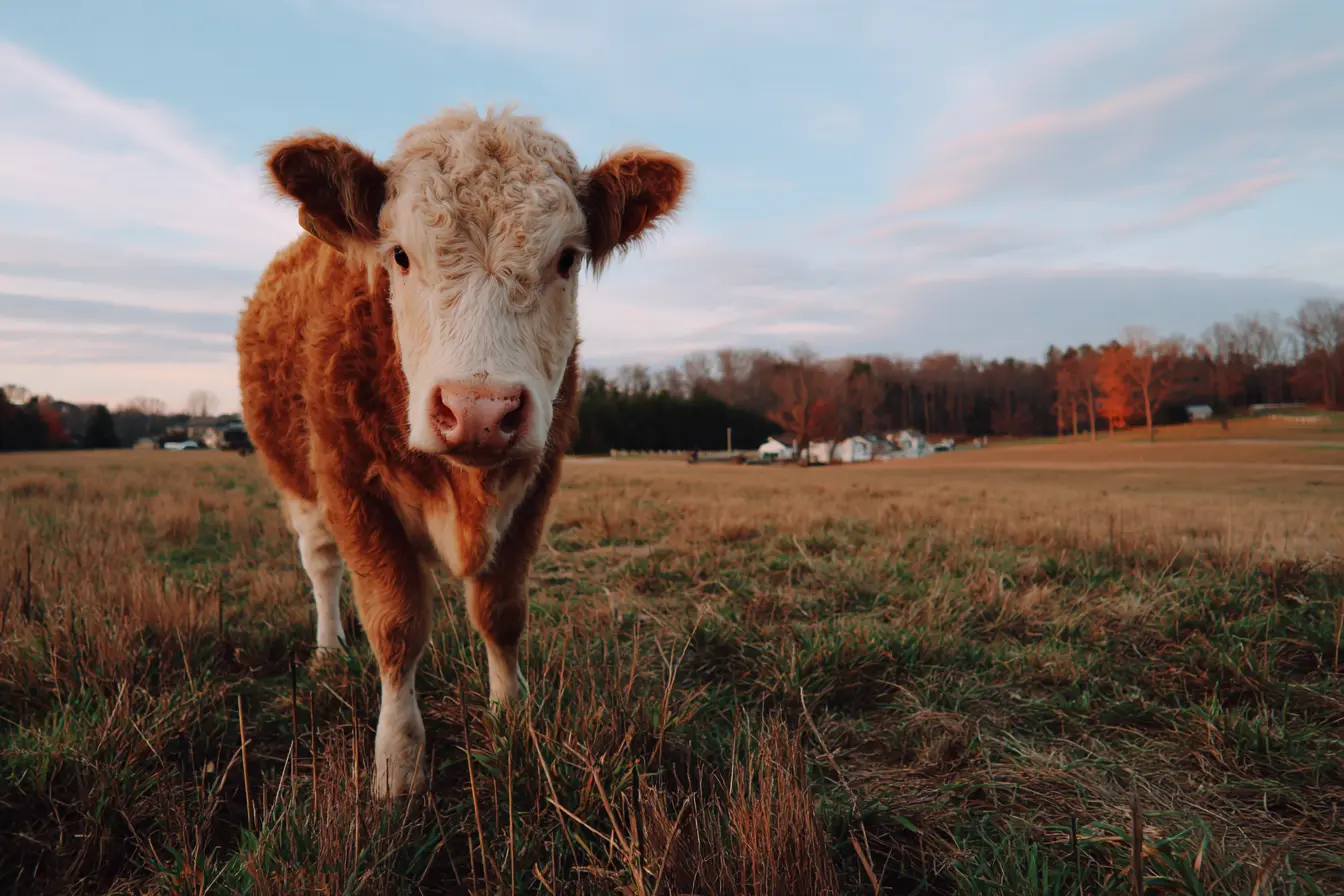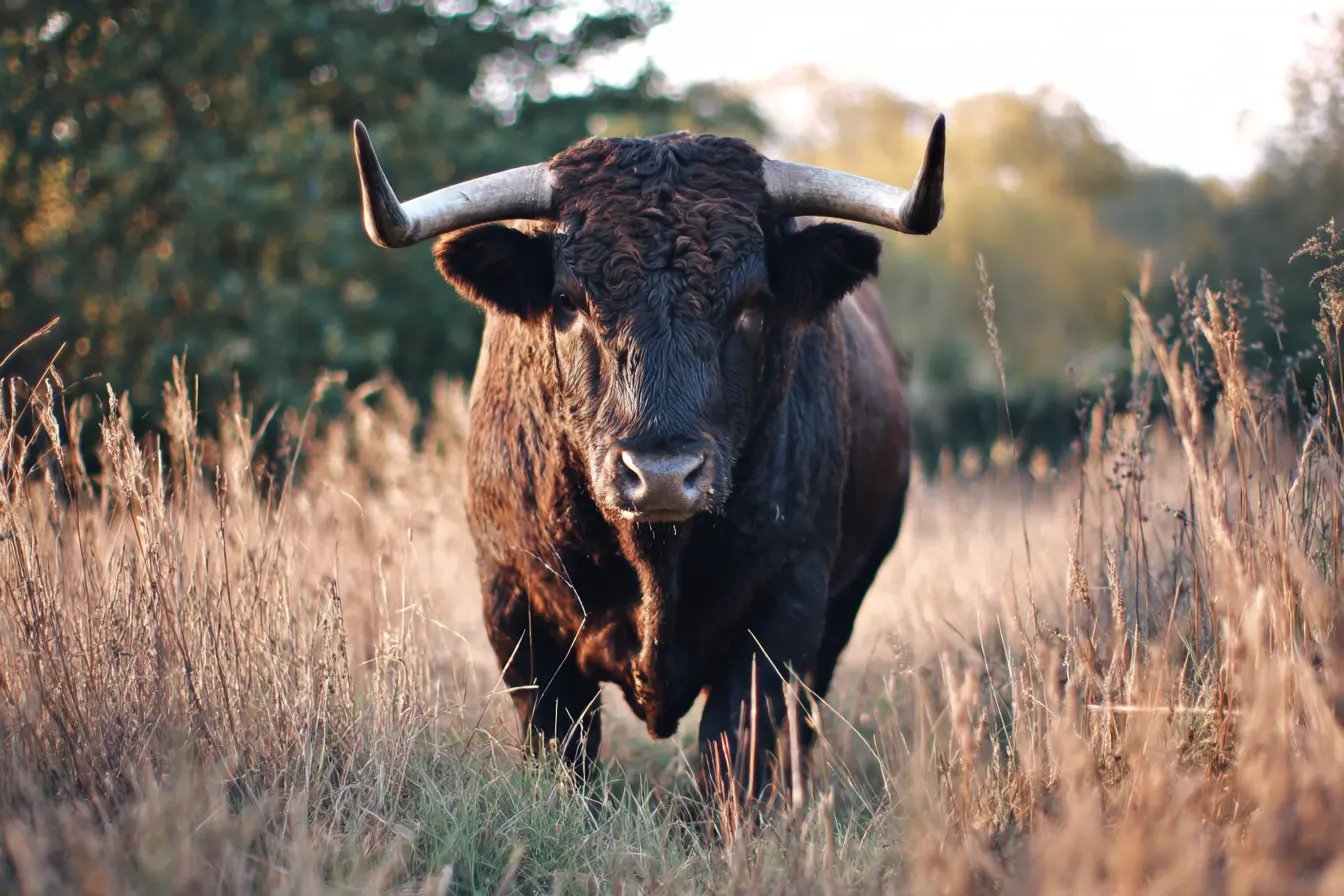
A Complete Guide to Horn Tipping in Cattle
Horn tipping is the practice of removing the sharp ends of horns from cattle while leaving the main horn structure intact. It is carried out to reduce the risk of injury to other animals, handlers, and to prevent damage to housing or equipment. Unlike full dehorning, horn tipping is a minor procedure that is far less invasive and stressful, and it is often used as an alternative when full horn removal is unnecessary.
This guide explains everything you need to know about horn tipping in cattle including why and when it is done, legal requirements, the correct technique, aftercare, and welfare considerations.
What is Horn Tipping?
Horn tipping involves removing only the pointed tip (generally the outer few centimetres) of a fully grown horn. This portion contains horn tissue but very little living tissue, so tipping causes minimal pain and bleeding when done correctly.
The aim is to blunt the horn and reduce the potential for harm while avoiding the complications associated with full dehorning.
Why Horn Tipping is Performed
Horn tipping is done for several important reasons:
- Animal safety: Blunting horns reduces the severity of injuries from fighting or bullying within the herd.
- Handler safety: Reduces the risk of handlers being gored or bruised during handling or restraint.
- Preventing damage: Minimises the risk of cattle getting stuck in fencing, feeders, or housing fixtures.
- Welfare-friendly alternative: Less stressful and painful than full dehorning, especially in mature animals.
It is particularly useful in situations where:
- Horned cattle must be housed or transported with others.
- Animals are too old for disbudding, but full dehorning is not justified.
- Horns are at risk of injuring other stock or causing management difficulties.
Legal Requirements in the UK
Horn tipping is governed by the Animal Welfare Act 2006 and the Mutilations (Permitted Procedures) (England) Regulations 2007, with equivalent legislation in Scotland, Wales, and Northern Ireland.
Key legal points:
- Horn tipping may be carried out by a trained, competent person (not necessarily a vet).
- If living tissue (horn core) is cut, this becomes dehorning and must be done under local anaesthetic and, for older cattle, by a veterinary surgeon.
- Horn tipping must therefore only remove the dead keratin portion of the horn to remain a non-surgical procedure.
- Pain relief is strongly recommended, even if only the horn tip is removed.
When to Carry Out Horn Tipping
- Horn tipping can be done on mature cattle where horns are fully grown.
- It is best done outside the fly season (spring and summer) to reduce the risk of flystrike.
- The procedure should be carried out when cattle are calm, healthy, and well restrained.
- It is important to avoid removing too much horn - only the sharp tip should be taken off.
The Horn Tipping Procedure
A typical horn tipping procedure involves the following steps:
-
Restraint
- The animal is restrained in a crush or head gate to prevent sudden movement.
- Calm, quiet handling is essential to reduce stress.
-
Assessment
- The horns are inspected to determine how much can safely be removed without reaching the living tissue (horn core).
- Generally, no more than 2–3 cm of horn should be removed.
-
Cutting the horn tip
- Horn cutters, a saw, or embryotomy wire may be used to cut off the pointed tip.
- Care is taken to avoid exposing sensitive tissue, which would cause bleeding and pain.
-
Sealing the horn (if needed)
- If a small amount of bleeding occurs, a hot iron or cauteriser can be used to seal the horn tip.
- Antiseptic may be applied to reduce infection risk.
-
Release and recovery
- The animal is released calmly and returned to a clean, dry environment.
The procedure is quick and generally well tolerated if performed correctly.
Aftercare
- Monitor cattle for several days after tipping for signs of bleeding, swelling, or infection.
- Keep them in a clean, dry area to reduce contamination risk.
- Avoid rough handling or transporting animals immediately after the procedure.
- Provide pain relief (NSAIDs) if recommended by your vet.
Potential Complications
Complications are rare if horn tipping is done correctly, but may include:
- Excessive bleeding if too much horn is removed and the horn core is exposed.
- Infection at the horn site if the wound is contaminated.
- Flystrike, especially if done during warm weather.
If living tissue is accidentally exposed, veterinary treatment and pain relief should be given.
Welfare Considerations
- Horn tipping is much less invasive than dehorning and causes minimal pain when done properly.
- It should always be performed by a competent person using clean, well-maintained equipment.
- Over-trimming should be avoided. Only the sharp tip should be removed to prevent pain and bleeding.
- Good handling, calm restraint, and hygiene are essential to minimise stress.
Alternatives to Horn Tipping
- Disbudding calves at 2–6 weeks old is the preferred method of preventing horns from developing in the first place.
- Breeding polled cattle (naturally hornless) reduces the need for horn management.
- Dehorning is an option for older cattle with problematic horns, but is far more invasive and must be done by a vet with anaesthetic.
Conclusion
Horn tipping is a simple and effective way to make horned cattle safer to handle and to prevent injuries within the herd. It is far less invasive than dehorning and, when done correctly, causes minimal pain and stress.
In the UK, it can be performed by a competent stockperson provided only the non-living horn tip is removed. Good technique, calm handling, and proper aftercare are essential to protect animal welfare and ensure a successful outcome.
By using horn tipping alongside long-term strategies like disbudding calves and breeding polled cattle, farmers can maintain both safety and high welfare standards in their herds.
Vets near you
Speciality vets
- Aquatics vet specialists
- Birds vet specialists
- Camelids vet specialists
- Cats vet specialists
- Cattle vet specialists
- Deer vet specialists
- Dogs vet specialists
- Equines vet specialists
- Exotic vet specialists
- Goats vet specialists
- Pigs vet specialists
- Poultry vet specialists
- Sheep vet specialists
- Small Mammals vet specialists
- Wild vet specialists
